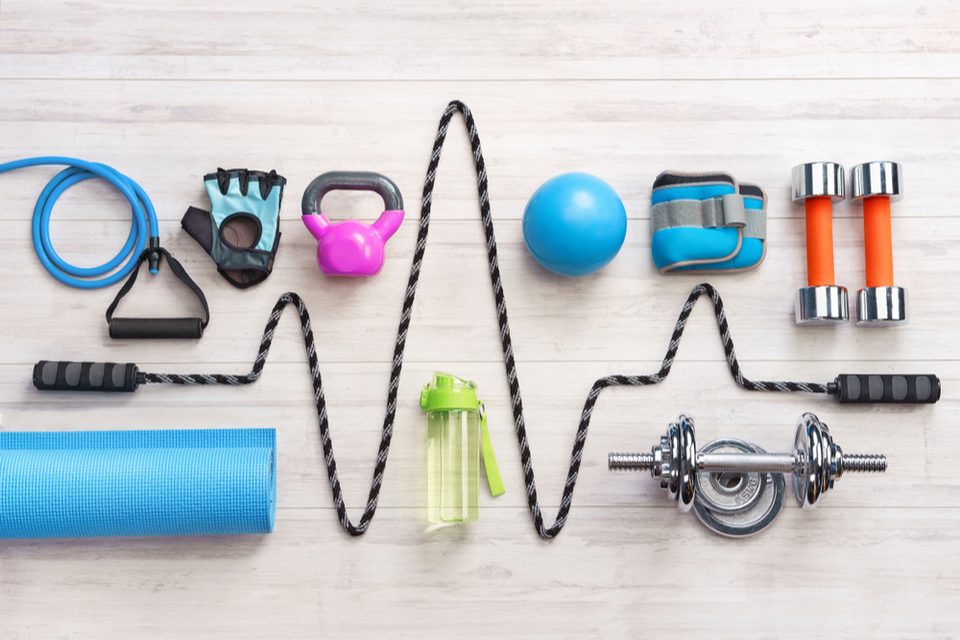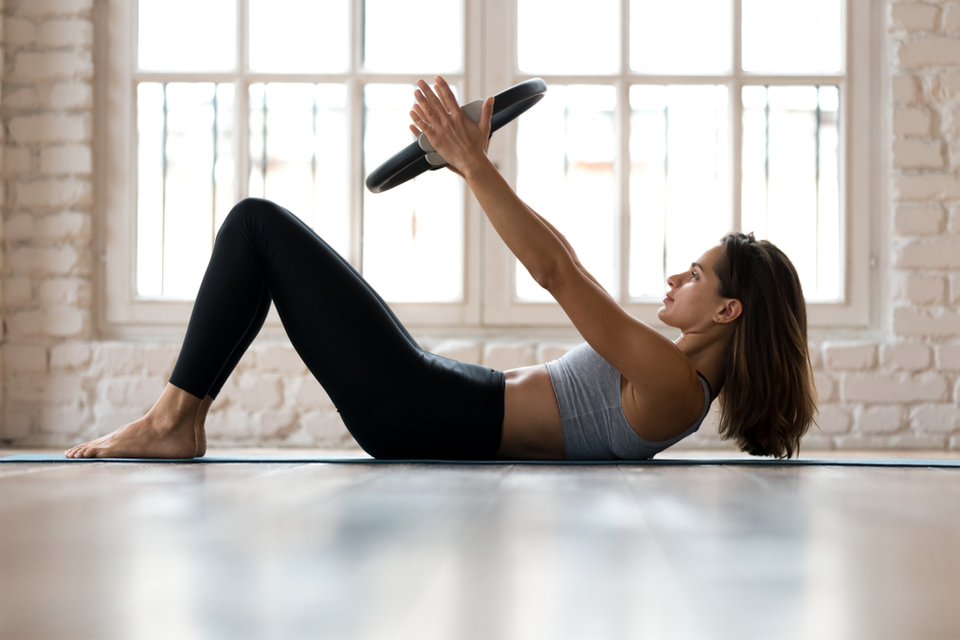Welcome to heart health month! Did you know that heart disease is still the number one cause of mortality in the United States? Interestingly, most of the risk factors are preventable with exercise and nutrition choices, but what kind of exercise is the right kind?
Are you familiar with training specificity? The specificity principle states that you must actually practice the kinds of fitness or sport that you want to be good at. If you want to run a marathon, you need to practice running. If you want to be a powerlifter, you have to practice lifting. If you want to be good at heart health, however, what are you supposed to practice? While we may assume that cardio exercise results in a healthy heart, this is not always the case.
Let’s take a moment to explore a few top workout styles so you can decide which best supports your heart-health goals.
Traditional Cardio
Traditional steady-state cardio has been the mainstay recommendation for decades. This type of exercise is done at low to moderate intensities that you can sustain, ideally for at least 15-30 minutes at a time. The CDC recommends getting at least 150 minutes of moderate-intensity aerobic activity (30 minutes, 5 days per week). This can be any combination of walking, elliptical, rowing, water aerobics, dance fitness, or even mowing your lawn. If you want to improve your cardiovascular health faster, the CDC suggests cutting your cardio time in half by doing vigorous-intensity aerobic activities like jogging, running, swimming laps, playing basketball, etc. As a rule, 1 minute of vigorous activity is about the same as 2 minutes of moderate-intensity exercise. You could also do a mix of both over the week. (It’s important to note that the CDC also recommends at least 2 days of weight training in addition to cardio exercise to be healthy).
Resistance Training
Many physique athletes replace some, if not all, of their workout time with resistance training instead of cardio. One of the main concerns physique athletes have is going catabolic or burning off their hard-earned muscle by doing cardio. For years, research suggested that you have to do actual cardiovascular exercise since resistance training would not yield the same heart health benefits. New research, however, suggests otherwise.
In 2019, a group of cardiology researchers revealed a new finding: resistance training decreases fat around the heart, directly improving heart health. Cardiovascular exercise alone did not create this heart-health benefit. Not all resistance training is created equally, however. The researchers used a moderate load for 3-5 sets of 10 reps targeting all major muscle groups in 45-minute workouts.
High-Intensity Interval Training
High-intensity interval training comes in many forms. The basic idea is to challenge yourself to go “all-out” and then alternate with lower-intensity intervals. Typically, these intervals involve a traditional cardiovascular activity like alternating running with walking. With the rise of boot camps and home training, intervals are often performed with bodyweight, bands, or light dumbbell total body movements instead of run/walk.
Beginners often start with a one all-out: 3-4 low-intensity ratio. For example, they go all out for 20 seconds then low intensity for 40-80 seconds, repeating the cycle for 30-60 minutes. Advanced athletes decrease the active rest down to 1:1 ratios.
HIIT training effectively trains cardiovascular health while also accelerating weight loss and common athletic performance goals like strength or power. Generally, people need 72 hours to recover before going all-out on a subsequent HIIT workout. Without enough recovery, the nervous system becomes unbalanced—raising the risks of fatigue, frustration, and injury. Newer research also suggests that this prolonged elevated sympathetic nervous system activity may actually stiffen the arteries and detract from heart health if not kept in balance.
Yoga or Pilates
Most forms of yoga or Pilates emphasize breathing and postures or movements performed at much lower heart rates than any of the other workout styles we’ve explored. Based on the specificity principle, it would be the least likely style to improve heart health. Newer research, however, has revealed a hidden link between these mind-body exercises and heart health. These low-intensity mind-body exercises may help decrease stress. Decreasing stress increases the parasympathetic nervous system, which improves blood vessel function and leads to improved cardiovascular health.
Putting It All Together
If you are new to exercise or returning after time away, start with the traditional CDC guidelines. Aim for 30 minutes of moderate-intensity activity like brisk walking, cardio machines, biking, swimming, or dance fitness at least 5 days per week.
If you are experienced with exercise and seek to take your heart health to the next level, consider giving HIIT a try. Aim for 2 HIIT workouts per week, alternating with moderate intensity 45-minute resistance training sessions as you give your body 72 hours to recover before your next HIIT session.
If stress management or over-training are major concerns, trading your traditional workouts for a couple of days of yoga, Pilates, or mind-body exercise each week may help restore your nervous system balance and enhance heart health.
---------------
About the Author: Dr. Meredith Butulis, creator of the ISSA Fitness Comeback Coach Certification (online), is a Sports Medicine Physical Therapist, NSCA Certified Strength and Conditioning Coach, ACSM Certified Exercise Physiologist, NASM Certified Personal Trainer, and Precision Nutrition Certified Nutrition Coach in practice since 2002. She consistently walks the talk as a fitness, physique, and OCR world-level competitor and lifestyle transformer since 2006, celebrating many wins along the way. Want more total fitness lifestyle inspiration and interaction? Follow Dr. Meredith on Instagram @Dr.MeredithButulis or join the free “Fitness Focus Fuel” Facebook Group.











